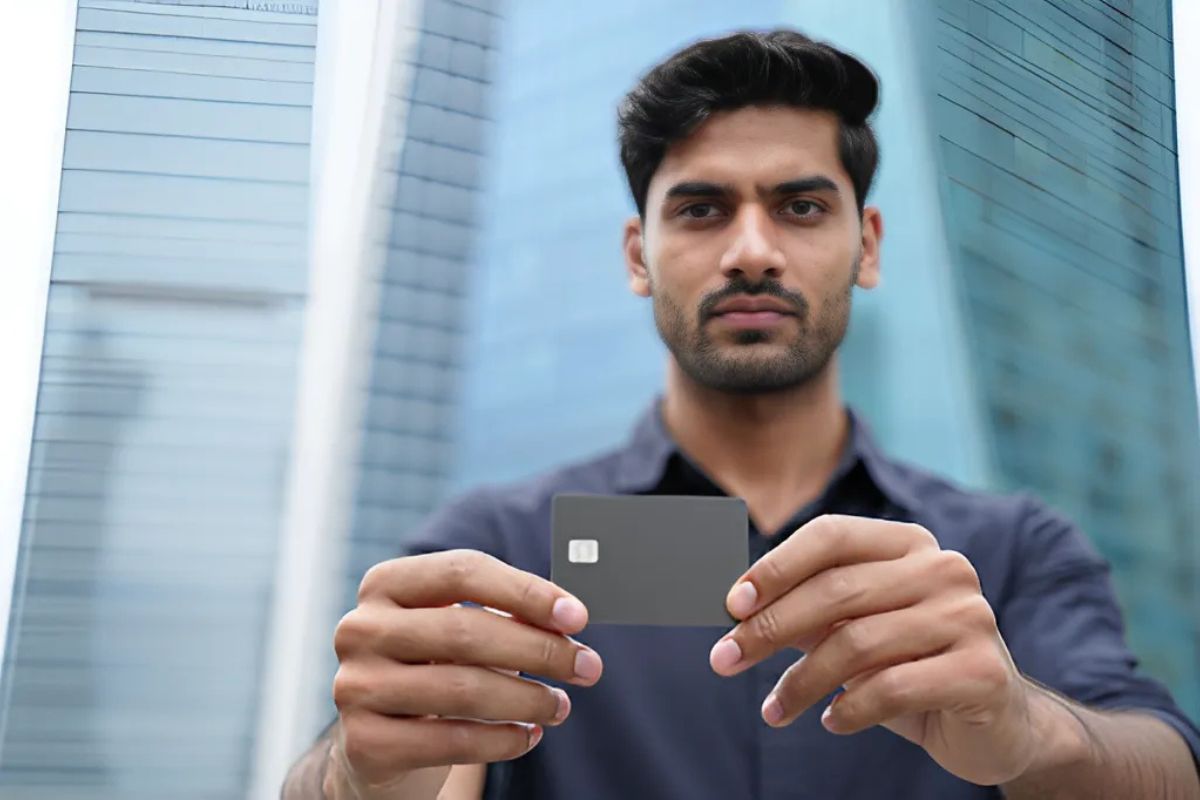
Dollar virtual cards: the 2025 trend transforming online payments

As the year 2025 approaches, virtual dollar cards are becoming an important part of the world’s banking system. More workers, digital businesses, and teams that work from home have sped up the move away from traditional banking services and toward more flexible and quick financial tools. Virtual cards let you use services and funds from around the world without having to depend too much on banks in your own country.
Table of Contents
ToggleA New Digital Payments Architecture
A virtual dollar card is more than just an app form of a physical card. It’s a part of a bigger financial framework that includes user displays, payment networks, and processing systems. These cards can be debit, prepaid, or multi-currency, and they are often built into Web3 and digital wallets.
The goal of these systems is to make deals in the digital market instant, clear, and reliable. The separation of payment tools from local banks is one of the most important changes in 2025. Today’s virtual cards are made to work with banking systems all over the world, so they don’t just work with local systems. Most now let you top up your account using cryptocurrencies like USDT and USDC, as well as standard bank transfers, fintech apps, and foreign payment gateways.
This gives users who work across countries the most options possible. Many specialized platforms have come up to meet the changing needs of digital workers because of this change. Out of all of them, Spend.net stands out as a banking service that was made to work with virtual dollar bills. It has customized options for a range of uses, such as cards made for buying media on TikTok and Meta and cards that are best for general online shopping.
All of the cards are free, but the real thing that makes Spend.net stand out is its built-in cashback feature: users get a portion back on all qualifying purchases, which turns everyday purchases into something useful.
Why The Dollar?
The choice of currency is very important. When you pay for things across borders, using cards that are backed by US dollars can help you avoid losing money. This is especially important for digital workers who work with international platforms, like when they buy advertising credits or sign up for SaaS products.
Setting up payments in the platform’s local currency gets rid of the need to convert money twice, lowers the risk of a payment being rejected, and makes planning easier.
End-User Benefits
People who live in places where the local currency is unstable can use a fake dollar card to keep track of their money. Users can add money to their cards in a number of ways, set limits, and keep their money from changing hands.
These cards are a good way for teams and small businesses to keep track of their budgets. A team boss can give money to certain people on the team, set limits on how much can be spent, and watch all transfers live. Cards can be stopped right away or changed out if needed.
The Technology Landscape of 2025
Virtual cards are now part of a larger digital environment that has seen a number of important improvements:
- Web3 wallets and DeFi systems can be used.
- Built-in AI for keeping track of expenses and making predictions
- Support for multiple currencies and instant exchange at the best rates
- Better protection with changeable CVV codes and tokenization
With this change, the virtual card is no longer just a way to pay; it’s also a way to connect to the global market digitally.
Shifting Regulations
The legal position of virtual cards is changing because of new rules, such as PSD3 in the EU, the FATF Travel Rule, and AML/KYC programs in the US and Asia. Because of this, it is very important to choose a compliant provider—one that follows the rules for data security, financial tracking, and reporting.
Also, users need to know that virtual cards do not mean they don’t have to pay taxes in their home country. In some situations, these cards are legaly neutral because they are not full-fledged bank accounts.
Impact on Business Processes
A virtual card is more than just a way to pay for things for freelancers and teams that work from home. For example, when starting a campaign on TikTok or Meta, a special card with a tight spending cap can be given to that person. This keeps you from spending too much, keeps the main account from getting reported, and makes it easier to report your finances.
Virtual cards are used by businesses in countries with capital controls to pay for services and payments in other countries. This lets you use world tools without having to worry about currency limits.
Reliability And Control
The producing country, issuer type, and BIN (Bank Identification Number) of a card are all important factors that determine whether a purchase will go through or not. Some advertising sites might not accept cards from places where people don’t trust them.
So, it’s important to check the card’s details before using it, especially the BIN, which is made up of the first 6–8 numbers. Users shouldn’t just guess about the provider’s image; they should look it up.
Crypto And Virtual Cards
Crypto and virtual cards are becoming more and more common for digital workers. Getting USDT, changing it into dollars, and then spending it with a virtual card makes a smooth cycle that has nothing to do with standard banks.
This method improves protection and cuts the cost of transactions. But here’s something important to remember:
- Change rates are different for each service.
- There may be fees for loading, fixing, or not using an account for a while.
- Some places may put limits or caps on what you can do.
Practical Constraints
Virtual cards usually can’t be used to pay for things in person or get cash from an ATM. Identity checking may be needed, especially for people who log in a lot.
Accounts can be blocked for suspicious behavior, so it’s important to be clear about operations and follow the service terms.
What Changes With Strategic Use?
People who use virtual dollar cards get the following:
- More power over how much people and businesses spend
- It’s easier to get to foreign services
- Less reliance on banks and local coins
- More flexibility when processes are scaled up
To stay competitive in the digital market of 2025, you need to be quick to respond and accurate with your money. A virtual dollar card isn’t just an extra for banks anymore; it’s an important part of modern finance.
Launch your virtual dollar card right now and join the future of money transfers around the world!






